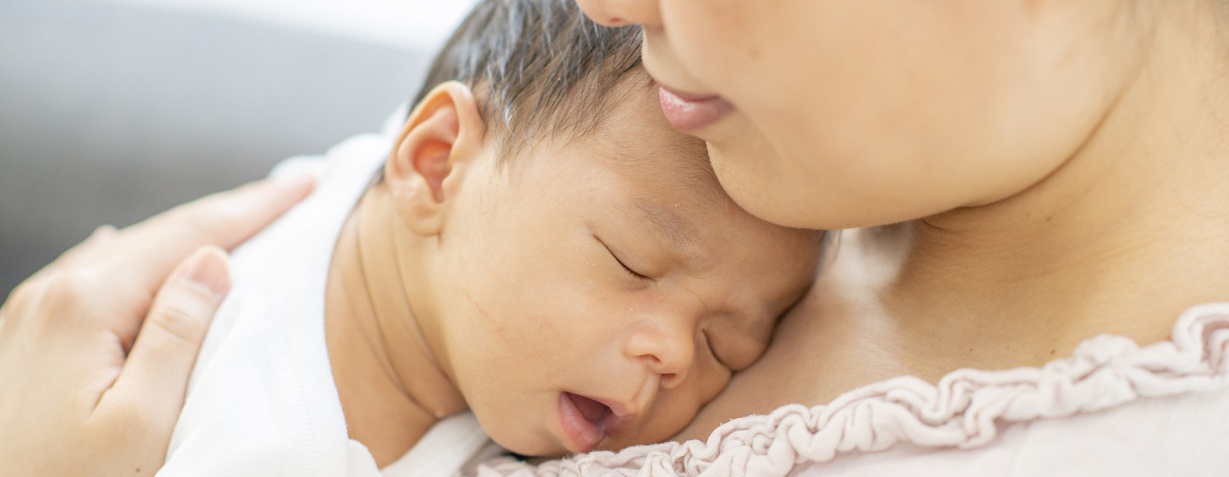Sensory development
Babies and children take in sensory information (what they see or hear) from the environment around them to help them understand themselves and how they can influence that environment. This information is gathered through eight sensory systems:
- Tactile (touch)
- Vestibular (balance and movement)
- Proprioception (body awareness)
- Visual (sight)
- Olfactory (smell)
- Auditory (hearing)
- Gustatory (taste)
- Interoception (sense of pain, hunger, temperature)

Each child may perceive information from these sensory systems differently. Some may be very sensitive to sensory input and become more agitated or distressed in reaction to loud noises (auditory) or in reaction to clothing labels (tactile) than other children. Others may be less sensitive than other children and not notice pain (tactile, interoception) when being burned or bumped, for example. It is important to understand how your baby or child perceives sensory information and follow their lead, progressing slowly to help them become used to sensory inputs they may perceive as uncomfortable.
Each child may perceive information from these sensory systems differently
Sensory development in babies up to 18 months
To learn more about each of the sensory systems in babies and for some suggested activities to help with your baby’s sensory development, please see, “Sensory development and suggestions for babies: The first 18 months”. Sets of activities are available for the following age ranges in babies up to 18 months: 0–3 months, 3–6 months, 6–9 months, 9–12 months and 12–18 months.
Sensory development in children older than 2 years
To learn about the sensory systems in children and for suggested activities to support continued development of sensory systems in children over 2 years, please see, “Sensory development and activities for children older than 2 years”. Also find a list of calming versus alerting activities. This may help you discover which activities calm your child and which wake them up. For example, a warm bath may be calming, and playing loud music may be alerting.
AboutKidsHealth is SickKids’ health-education website and features more than 3,500 articles on a range of health topics. For more information on sensory development and other health topics, visit www.aboutkidshealth.ca.


